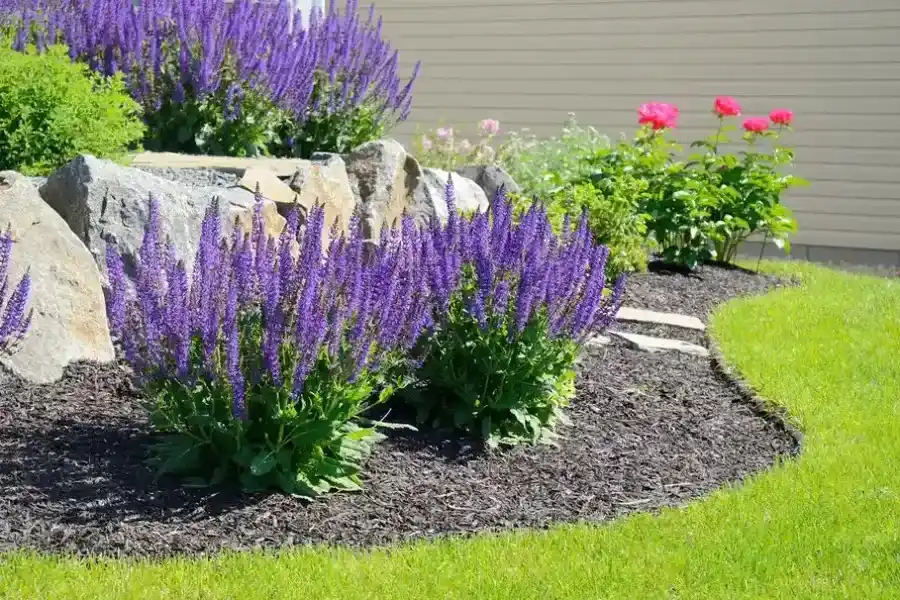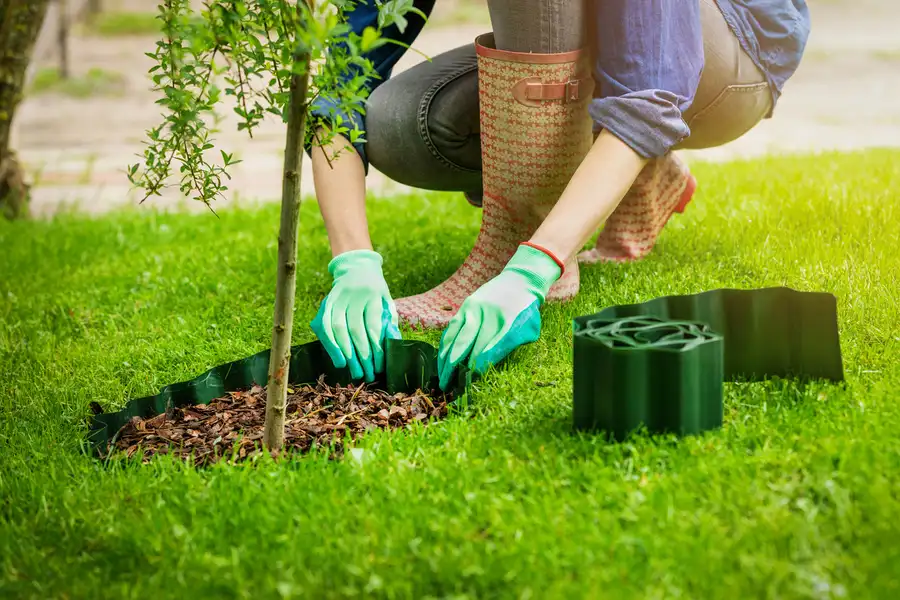How a Simple Strategy Can Keep Your Garden Beautiful
Maintaining a garden can be both rewarding and challenging. One of the biggest challenges gardeners face is controlling weeds. Weeds compete with your plants for nutrients, water, and light, which can stifle the growth and beauty of your garden. There are many ways to tackle this issue, but one effective method is through using edging techniques. This approach not only helps keep weeds at bay but also enhances the overall aesthetics of your flower beds.
Why Consider Using Barriers in Gardens?
Garden barriers create a physical boundary between the lawn and flower beds. This separation serves a dual purpose. Firstly, it prevents grass roots from invading areas meant for flowers and other plants. Secondly, it minimizes the chance of weed seeds spreading into the bed. By using these barriers, you maintain a clean division that supports healthy plant growth.
The Importance of Flower Bed Edging
Flower bed edging plays a crucial role in maintaining neatness and order in your garden spaces. It acts as a barrier, helping to prevent the spread of invasive plants into dedicated flower areas. Alongside preventing weed intrusion, it also provides structural support for soil and mulch, making maintenance significantly easier.
Benefits of Implementing Functional Borders
Functional borders offer several advantages beyond just visual appeal. These include improved water retention within the soil, reduced erosion, and better-defined planting zones. Additionally, they help protect delicate root systems from being disturbed by mowing activities or foot traffic. The clear demarcation encourages healthier plant development and ensures that your garden stays vibrant.
- Prevents grass and weeds from encroaching on flower beds
- Keeps mulch and soil in place
- Enhances overall garden design
- Protects plant roots from damage
Challenges You Might Encounter
While installing edging is beneficial, it’s not without its challenges. Selecting the right material can be daunting given the wide range available, such as plastic, metal, stone, or wood. Each material has its own set of pros and cons regarding durability, cost, and appearance. Moreover, proper installation requires careful planning to ensure longevity and effectiveness.
Effective Installation Tips
If you’re considering adding borders to your garden, follow these steps for optimal results:
- Select appropriate materials that suit your aesthetic and functional needs.
- Measure the area accurately to purchase the right amount of material.
- Prepare the ground by removing existing weeds and leveling the soil.
- Install the chosen edging securely into the ground to prevent shifting.
- Regularly inspect and maintain the edges to ensure their integrity over time.
Best Practices With Garden Boundaries
Adopting best practices can enhance the efficiency of your garden boundaries. Regular maintenance is key; check for any displaced sections or potential damage after extreme weather conditions. Opt for eco-friendly materials when possible to reduce environmental impact. Lastly, integrate these elements seamlessly with your garden’s overall design for a cohesive look.
Cost Considerations When Planning Edges
The cost of implementing edging varies widely based on material choice and garden size. While some options like plastic are more budget-friendly, others such as stone or brick might require a larger initial investment. However, investing in high-quality materials often pays off by reducing long-term replacement costs and enhancing durability.
Your Guide to A Weed-Free Garden
A well-planned garden enhances property value and personal satisfaction. For expert advice tailored to your needs, reach out to Lion Tree Service and Landscaping LLC. Based in Bowman, SC, I specialize in designing beautiful outdoor spaces that last. Contact me today at (843) 442-6373 for further assistance.

